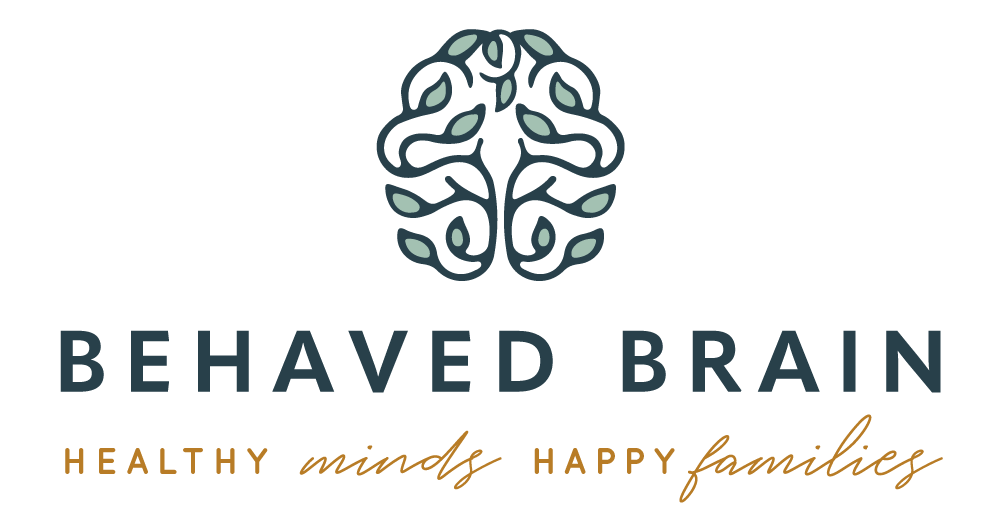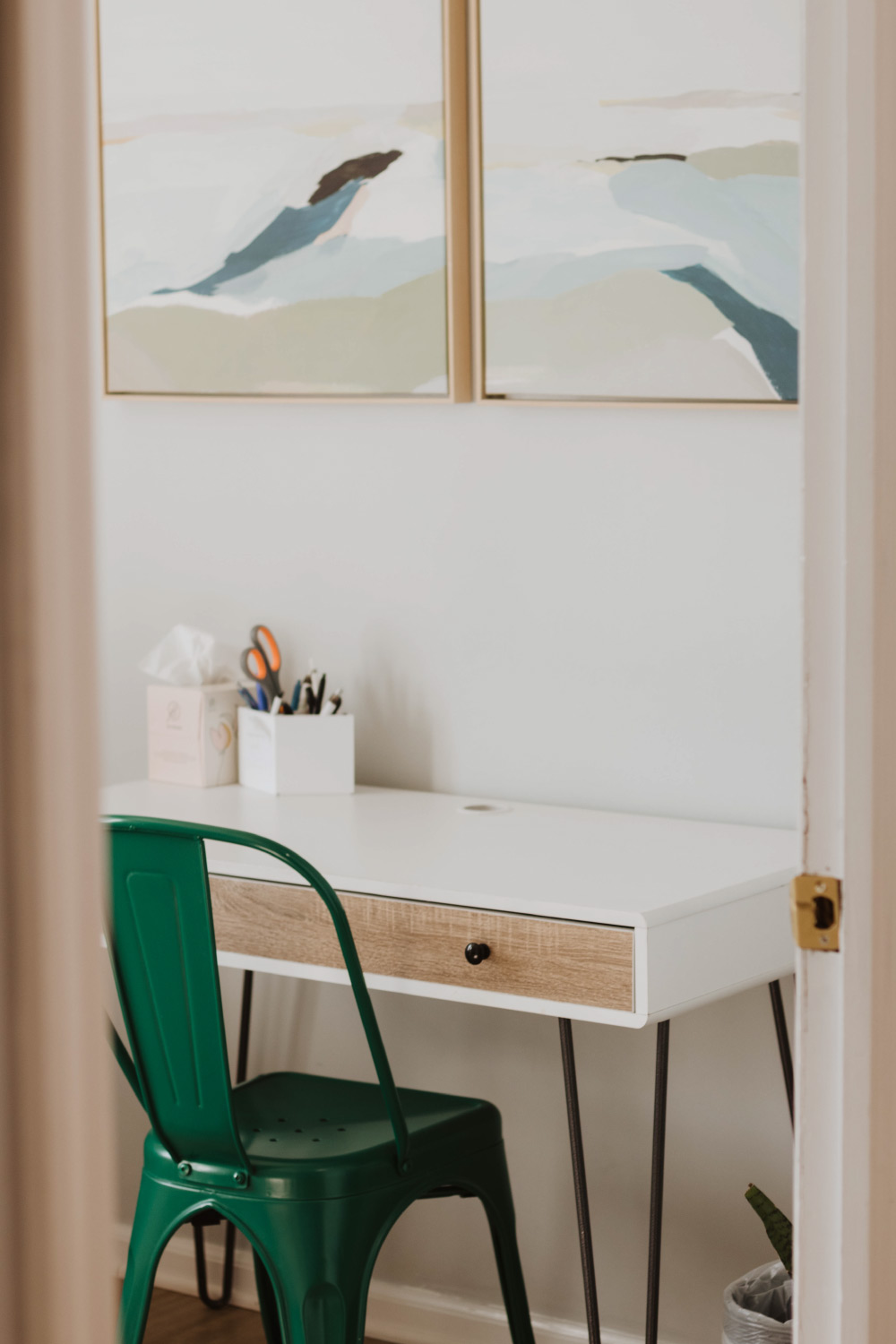The teenage years are both exciting and challenging. Teens face rapid changes in their bodies, brains, and environments—all while navigating school pressures, friendships, and identity formation. According to the World Health Organization, one in seven adolescents aged 10–19 experiences a mental disorder. In the United States, the CDC reports that more than 30% of high school students experienced poor mental health during the pandemic.
With rising stressors and increased awareness, families and educators are seeking effective strategies for teen mental wellness. Brain-backed approaches—including neurotherapy, mindfulness, and environment-based changes—offer practical tools to help teens thrive.
Why Teen Mental Wellness Matters
Adolescence is a peak window for both vulnerability and opportunity. During this time:
- The prefrontal cortex (responsible for decision-making and self-control) is still developing.
- The amygdala, which processes fear and stress, is highly active.
- Social dynamics and academic expectations increase stress.
Without support, these developmental challenges may lead to anxiety, depression, or risky behaviors. A global study revealed that suicide is the fourth leading cause of death among 15- to 19-year-olds. This makes intentional, brain-backed strategies for teen mental wellness essential.
Understanding the Brain-Science Approach
The adolescent brain is plastic—capable of adapting and rewiring. Brain-based tools help guide this process:
- Neurotherapy supports healthier brainwave regulation, reducing impulsivity, anxiety, and focus issues.
- Mind-body practices like yoga, mindfulness, or deep breathing strengthen connections between the prefrontal cortex and emotional centers.
- Environmental strategies—from structured routines to supportive peer groups—reduce stress triggers and create safe spaces for growth.
When combined, these approaches foster resilience and improve mental health outcomes.
Tools for Families at Home
Parents play a critical role in teen mental wellness. Brain-backed strategies include:
- Mindful communication: Listening without immediate judgment helps reduce conflict.
- Routine and structure: Consistent sleep schedules and balanced nutrition support healthy brain function.
- Co-regulation: Parents modeling calm responses can help teens regulate their own emotions.
- Home environment check: Reducing screen time before bed, creating study-friendly spaces, and encouraging outdoor activity all boost wellness.
Studies show that teens who regularly eat meals with their families are less likely to experience depression or engage in risky behaviors. Simple shifts in home life can significantly improve teen mental wellness.
Tools for Schools and Educators
Schools are a second home for teens—and powerful environments for shaping wellness. Brain-backed tools educators can use include:
- Mindfulness breaks: Short breathing or stretching sessions reduce stress and improve focus.
- Social-emotional learning (SEL) programs: These strengthen empathy, self-awareness, and conflict resolution skills.
- Safe spaces: Quiet rooms or counselor check-ins give students outlets to decompress.
- Staff training: Teachers trained in recognizing mental health warning signs can intervene early.
Research shows that school-based mental health programs improve both academic achievement and emotional wellbeing.
Combining Family and School Support
The most effective approach happens when home and school work together. For example:
- A teen struggling with anxiety may receive neurotherapy sessions at Behaved Brain, while parents reinforce coping skills at home.
- Teachers provide flexible deadlines or quiet testing environments.
- Together, these supports reduce academic stress and promote confidence.
Holistic collaboration ensures that teen mental wellness is supported in every environment.
Imagine a 15-year-old experiencing social anxiety and declining grades. At home, parents introduce mindfulness practices and limit late-night screen time. At school, the teen joins a peer support group and benefits from SEL activities. Neurotherapy sessions target overactive brainwave patterns linked to anxiety. Within months, the teen reports lower stress levels, stronger friendships, and improved academic performance.
This illustrates how layered, brain-backed tools can work together to create lasting change.
Taking the First Step
Supporting teen mental wellness doesn’t have to be overwhelming. Start with small, consistent steps at home, advocate for resources at school, and seek professional help when needed.
Behaved Brain’s holistic, neuroscience-backed model helps teens regulate emotions, improve focus, and build resilience—setting the foundation for a healthier adulthood. If your teen is struggling with stress, anxiety, or emotional challenges, you don’t have to face it alone. Contact Behaved Brain today to explore brain-backed strategies for teen mental wellness at home, at school, and beyond.







